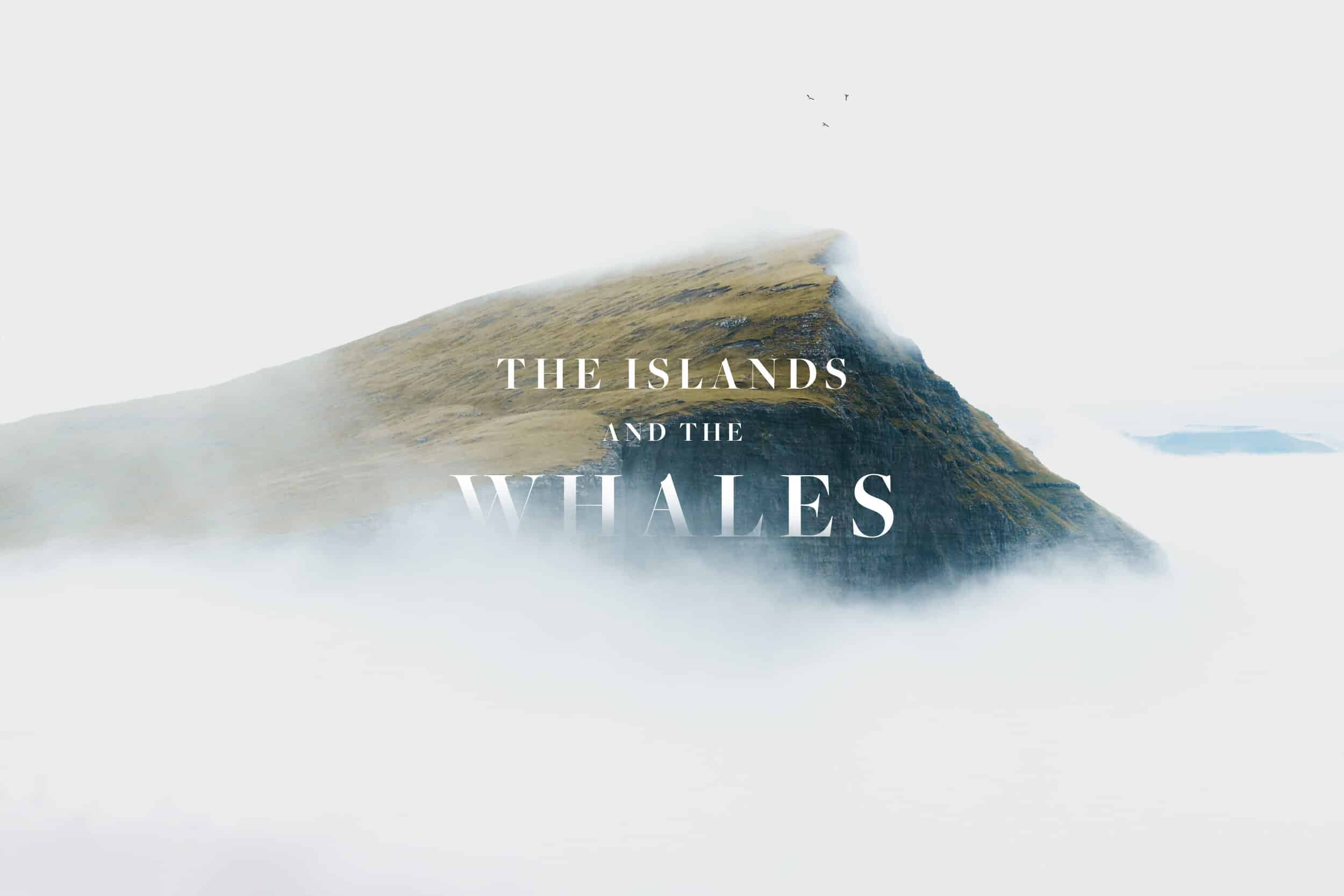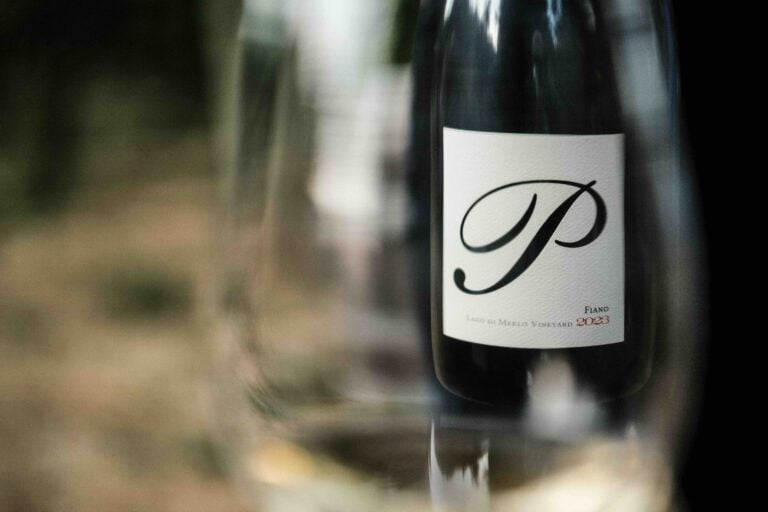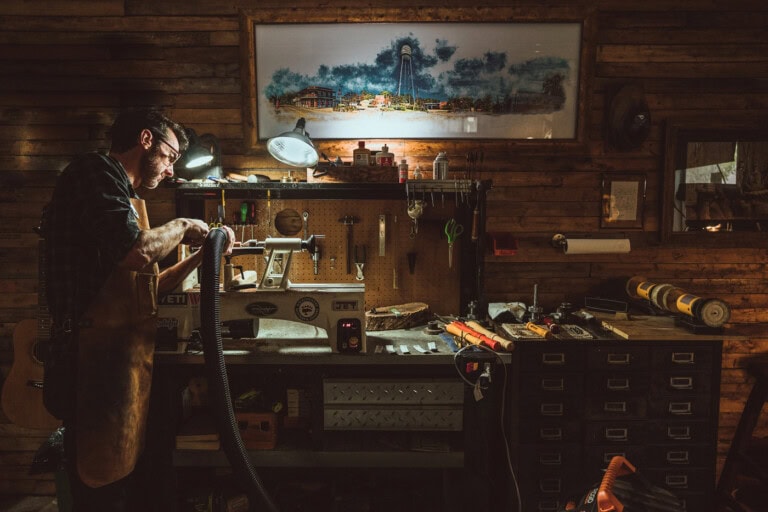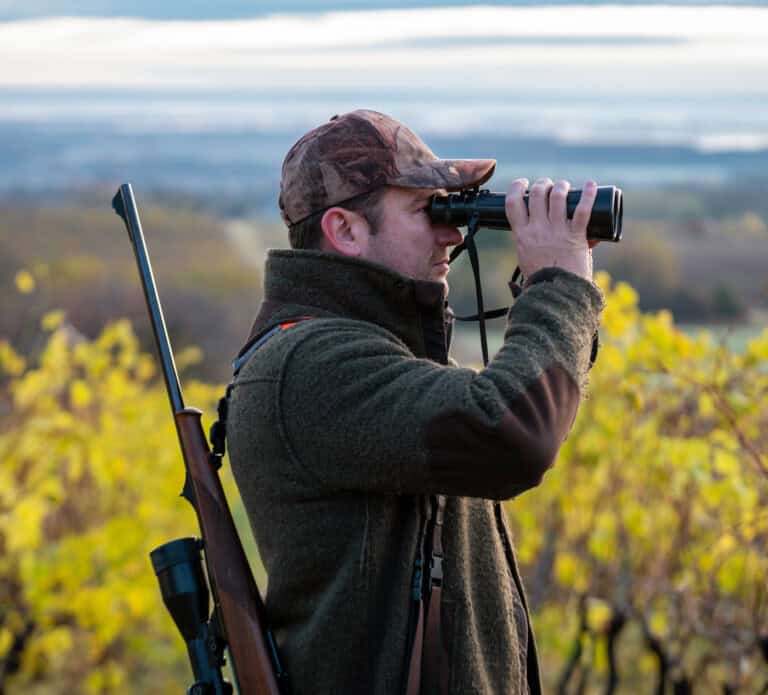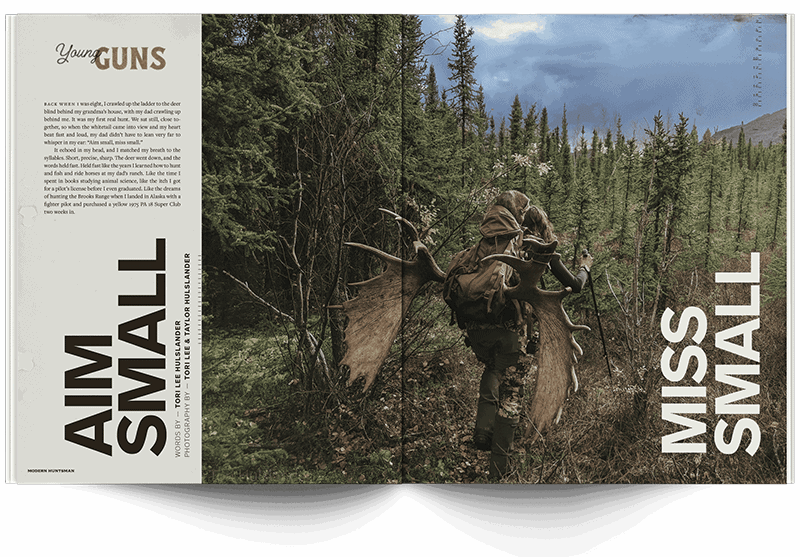DENMARK | FAROE ISLANDS
The battle drums of the north Atlantic Ocean groan loudly, stirring from the belly of warm currents pushing up to the Arctic, clashing unapologetically with the Norwegian Sea as these two mighty bodies of water meet the Faroes. The sprawling oceans are the sustaining lungs of this string of 18 major islands, breathing life into this seafaring nation. Myth and magic are embodied in the swelling waters. They offer up and take souls with equal indifference; these people are forged from the cauldrons of the deep.
The rolling waves harbor respect for what the ocean gives, and what it offered the forefathers of this land. Crashing whispers chant secrets along the shorelines, riling the soul and imagination to a simpler life, attuned to the rewards of land and sea. Early Norse settlers’ lives flowed with the rise and fall of nature; the knowledge and skills they inherited were their greatest asset in this hostile, yet breathtakingly beautiful place. But these are not the islands of today. From plastic contamination to rising sea temperatures and the accumulation of mercury in the food chain, the Faroese culture, once so deeply at one with nature, faces a less-than-certain future.
The Vikings were not the first to arrive in the Faroes. Archaeologists have found early cereal pollen from domesticated plants from around 300 CE, but the current native population of the islands heralded from Viking explorers, landing circa 800 CE. The Faroese language evolved from Old West Norse tongue, and even today, their historic lineage is guarded as an essential element of who they are as people.
Culturally, the Faroese have held on firmly to their ties with the land, air and sea, and although modern conveniences and food imports have undoubtedly diluted the necessity of these old ways, there
